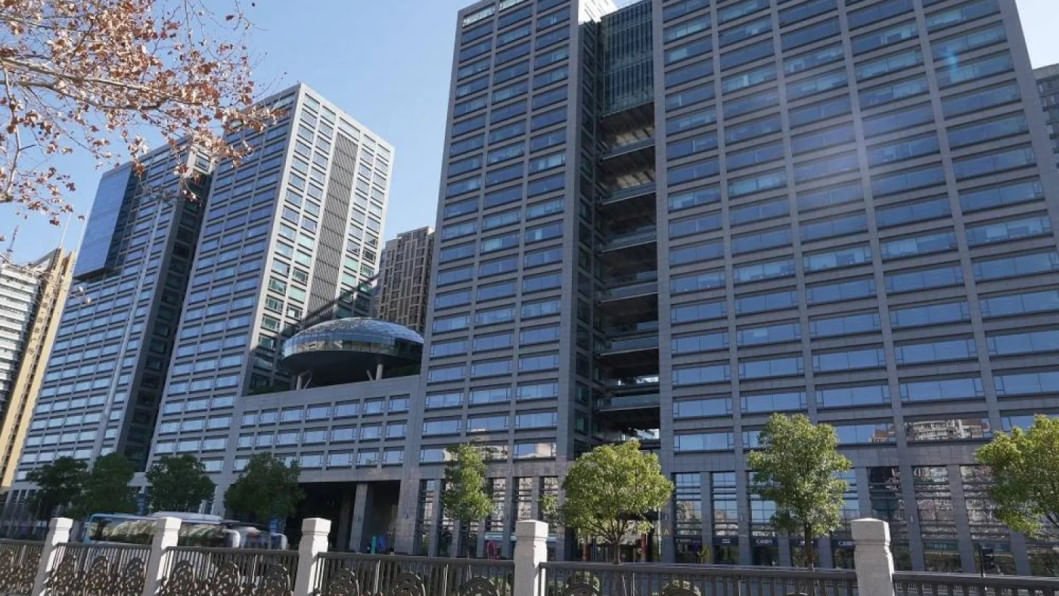In a serene neighborhood on the outskirts of Hangzhou, the capital of Zhejiang province in China, a remarkable transformation is taking place. This humble village lies at the forefront of China’s AI revolution, showcasing a unique approach to technological advancement distinct from the norms of Silicon Valley. Welcome to Liangzhu.
The Liangzhu paradigm, as it is commonly known, embodies a novel methodology unlike any seen elsewhere. While Silicon Valley thrives on disruptive innovation driven by market dynamics and private investments, Liangzhu flourishes through a blend of academic excellence, community collaboration, and strategic state backing, setting a new standard for technological progress. But what sets it apart?
At the core of Liangzhu’s success lies a robust educational foundation, closely supported by the renowned Zhejiang University. This institution has nurtured some of China’s most innovative tech visionaries, such as Liang Wenfeng, the mastermind behind DeepSeek. His journey from engineering student to AI trailblazer illustrates how a solid technical education coupled with entrepreneurial zeal can pave the way for groundbreaking innovations. DeepSeek stands among the Six Tigers, China’s premier AI startups, all rooted in Hangzhou and stemming from the vibrant tea culture of Liangzhu.
Amidst the ambiance of tea houses, entrepreneurs engage in lively discussions, investors scout for talent, and collaborations take shape through informal dialogues. This organic networking fosters an ecosystem where knowledge flows naturally within the community’s social fabric. The act of enjoying tea transcends mere social convention; it serves as a contemplative practice that nurtures profound reflection and relationship-building. In contrast to Silicon Valley’s fast-paced focus on quarterly profits, Liangzhu progresses through genuine human connections and a long-term strategic outlook.
The Liangzhu model benefits from cohesive support from both corporate giants and governmental entities. Companies like Alibaba, SMIC, and Huawei not only inject funds but also provide market access, technical proficiency, and strategic counsel. This symbiotic relationship enables startups to chart clear growth trajectories, while established firms gain access to cutting-edge innovations. Local authorities extend tax incentives and subsidies to attract tech ventures, a strategy that has seeded numerous enterprises. This nuanced policy backing nurtures innovation while allowing market dynamics to determine success stories.
DeepSeek epitomizes the sustainable ethos promoted by the Liangzhu ecosystem. The company’s triumph extends beyond creating competitive AI models; it focuses on doing so efficiently and sustainably. While U.S.-based AI enterprises pour massive venture capital investments, DeepSeek achieves comparable outcomes with fewer resources. This efficiency-driven approach underscores the Liangzhu model’s emphasis on sustainable innovation over blind pursuit of growth.
The true potency of the Liangzhu model lies in its synergy with Shenzhen, a city in Guangdong province in southeastern China. While Liangzhu excels in AI R&D, Shenzhen offers a seamless supply chain and efficient production capabilities. This synergistic alliance allows AI innovations birthed in Liangzhu’s academic and social settings to be swiftly prototyped and mass-produced in Shenzhen’s industrial landscape. This streamlined process enables AI firms to bring products to market swiftly and cost-effectively while retaining control over their supply chains and intellectual property.
The Liangzhu model holds significant geopolitical implications, offering China the resilience needed in the global race for technological supremacy. It reduces dependence on foreign investments and technology transfers, mitigating the impact of sanctions from foreign entities. This model signifies more than just a novel concept; it embodies a distinct approach to innovation itself. While Silicon Valley lauds the solitary genius entrepreneur, Liangzhu underscores the value of collective intelligence and teamwork. While Silicon Valley prioritizes market disruption, Liangzhu champions technological advancement aligned with broader societal and economic goals.
This divergence in approach could prove pivotal in the AI race. Artificial intelligence demands substantial computational resources and expertise, with success contingent on integration with existing systems and societal acceptance. The Liangzhu model’s focus on gradual, consensus-driven innovation may be better suited for deploying AI technologies that genuinely enhance people’s lives, rather than solely pursuing investor returns.
The rivalry between Silicon Valley and Liangzhu is poised to shape the next chapter of global technological evolution. The pivotal question is not which model will emerge victorious, but rather, how both will evolve and what hybrid strategies may arise. Amidst the realm of high-profile IPOs and billion-dollar valuations, the Liangzhu model serves as a poignant reminder that meaningful innovations often stem from diligent and patient efforts to create enduring legacies. As the AI competition intensifies, this approach could become a significant competitive edge.
In 2006, archaeologists unearthed remnants of a Neolithic civilization at the Liangzhu site. Is this ancient civilization, dating back 3,000 years, poised to reclaim its standing as a global leader?
Dr. Sayeed Ahmed, a consulting engineer and CEO of Bayside Analytix

